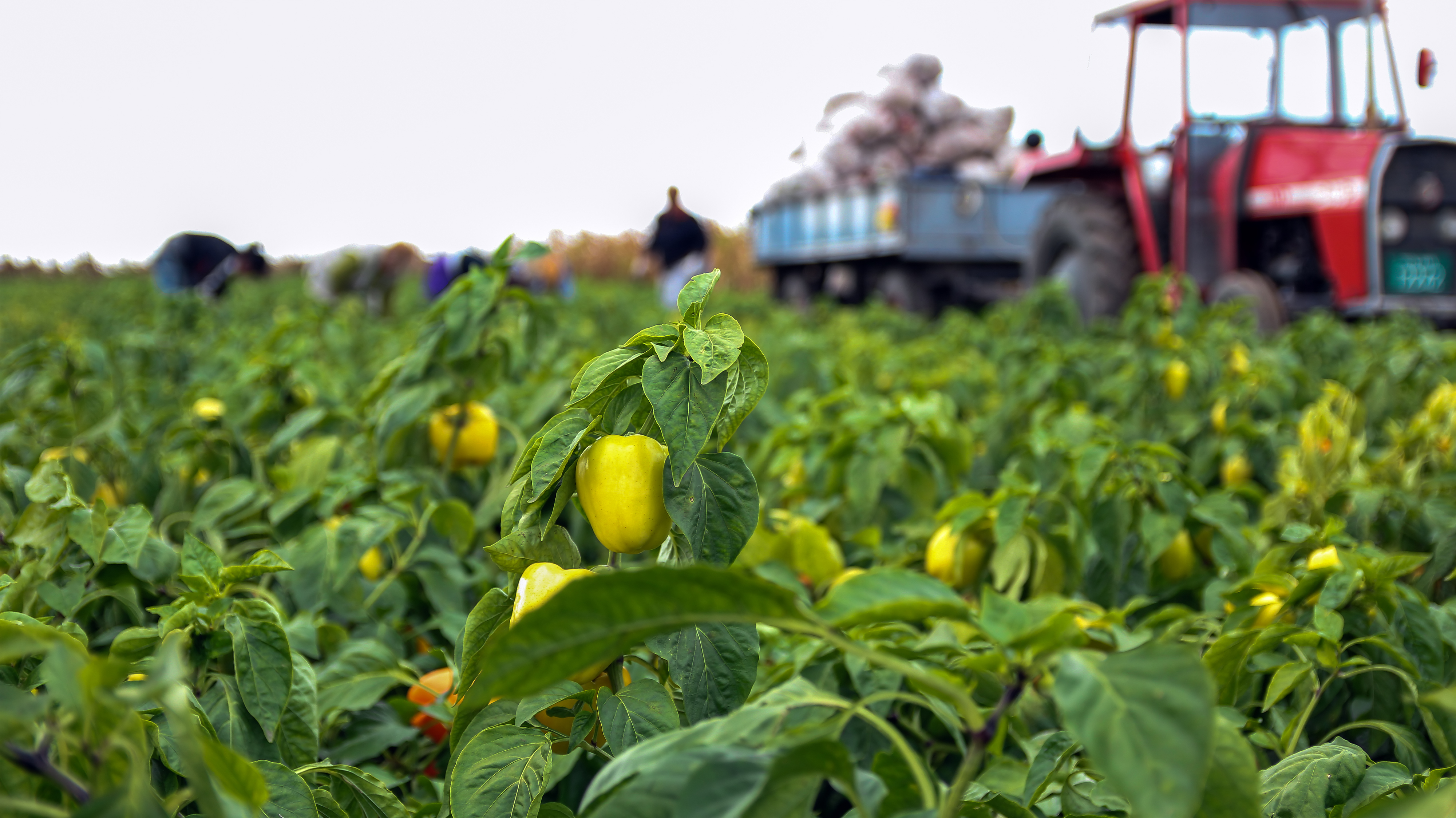This World Food Day, How Can Energy Efficiency Enhance Our Food System’s Affordability and Sustainability?
Let's Save Energy
Alliance to Save Energy's Blog

Every year, countries around the world come together to mark World Food Day, a day of worldwide awareness and action for ending global hunger by providing healthy and sustainable food for all. Today’s World Food Day is like no other before it: millions of people are facing food insecurity due to COVID-19, which has disrupted food supply chains and devastated economies around the world. The United Nation’s World Food Program was even awarded the Nobel Peace Prize last week for its efforts in confronting global hunger during the pandemic.
Unfortunately, in the long run, there’s an even bigger threat to global food security: climate change. Every 1°C rise in mean temperature could cause up to a 10% drop in crop yields. Addressing this problem is a double-edged sword: the food sector contributes more than 20% of global greenhouse gas emissions, meaning that efforts to scale up production to address food shortages could end up exacerbating the problem.
There is no silver bullet for providing the world’s nearly 8 billion inhabitants with a reliable and sustainable food supply, but at a point where our food and energy systems are deeply intertwined, one powerful tool that shouldn’t be left in the toolbox is energy efficiency.
How does energy efficiency help?
Reducing emissions in the food sector is notoriously difficult, if the “farting cow” controversy is any indication. Implementing energy efficiency in every step of the cycle is the quickest way to reduce this sector’s climate impact. Better energy management at plants that produce fertilizer, emissions standards for farm equipment, transportation efficiency in distribution, appliance standards for equipment used in storage and preparation, and energy-efficient waste management practices are just a few examples of how energy efficiency can reduce emissions without disrupting food production.
But beyond reducing the climate-warming emissions that threaten food security in the long run, energy efficiency’s cost saving power could also address food affordability. When energy is better optimized along production and processing chains, the cost savings may be passed along to consumers; e.g., if a farmer reduces their expenses by spending less money on tractor fuel, the reduced input costs may be reflected in the price you see at the supermarket. Less money spent on energy costs also frees up resources to be spent on ag-tech that can improve yields and sustainability, which is particularly important in developing nations where cost can be a significant roadblock to implementing tools such as water pumps and harvesting machinery.
What’s being done?
Energy efficiency has already made great strides in some areas of our food system. Between 1990 and 2018, emissions from fuel combustion in U.S. agriculture dropped by more than 4.5 million metric tons of CO2 equivalents. But overall, the trend is going in the wrong direction: A 2010 U.S. Department of Agriculture study found that the food sector was undergoing one of the largest rises in per capita energy use nationwide, largely due to trends such as more packaged food and longer transportation distances between farm and table. Globally, as energy-intensive production and processing tech becomes more widely available, we can expect to see energy use further rise.
We have the tools and technology at our disposal to counter this trend: From the U.S. Department of Agriculture’s grants for energy efficiency improvements on farms, to smart factory technology for food processing, to UNIDO’s efforts to increase efficiency in global cold chains – and even down to an individual purchasing an energy-efficient fridge – for every piece of the complex food sector puzzle, there is an existing energy-efficient solution. Scaling up theses efforts in the timeframe needed to address climate and affordability issues will require a unified effort from governments, NGOs, private companies, and citizens to prioritize the issue, as well as greater deployment of smart and connected technologies, such as precision agriculture methods, that can closely monitor and optimize resource consumption.
This World Food Day and last week’s Noble Peace Prize announcement serve as a reminder that at a moment of crisis for food security worldwide, we must think outside the box to provide for our world’s population. Optimizing energy consumption benefits our planet, and therefore the land we depend upon to put food on our tables, while reducing costs every step of the way. We must put people, and particularly the most vulnerable among us – at the forefront of our vision to drive the action needed.
Learn more about the Alliance’s efforts to advocate for energy-efficient policies in all sectors of our economy, including by scaling up digital technologies. The Energy Efficiency Global Alliance, which the Alliance serves as Secretariat for, also seeks to unite worldwide efficiency efforts with the ambitious goal of achieving a global three percent annual efficiency improvement.
STAY EMPOWERED
Help the Alliance advocate for policies to use energy more efficiently – supporting job creation, reduced emissions, and lower costs. Contact your member of Congress.
Energy efficiency is smart, nonpartisan, and practical. So are we. Our strength comes from an unparalleled group of Alliance Associates working collaboratively under the Alliance umbrella to pave the way for energy efficiency gains.
The power of efficiency is in your hands. Supporting the Alliance means supporting a vision for using energy more productively to achieve economic growth, a cleaner environment, and greater energy security, affordability, and reliability.



